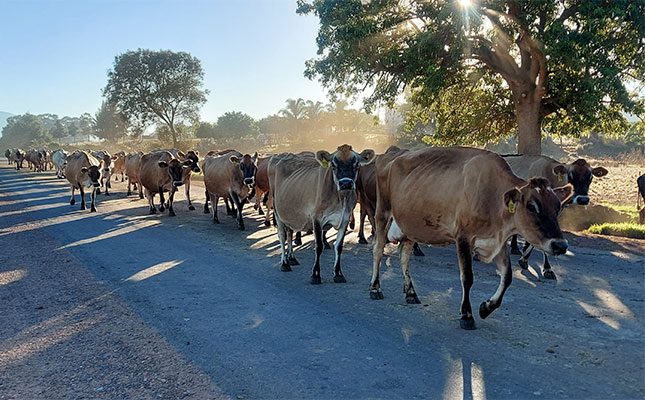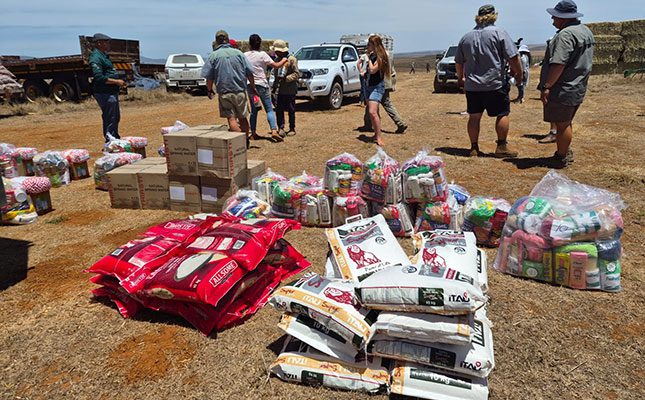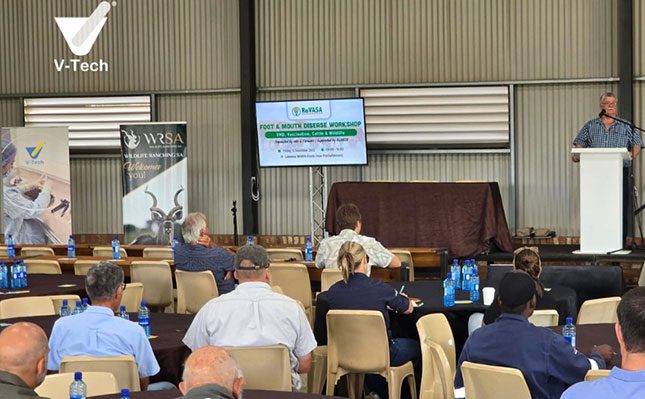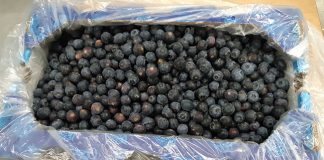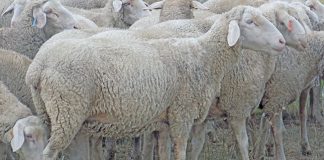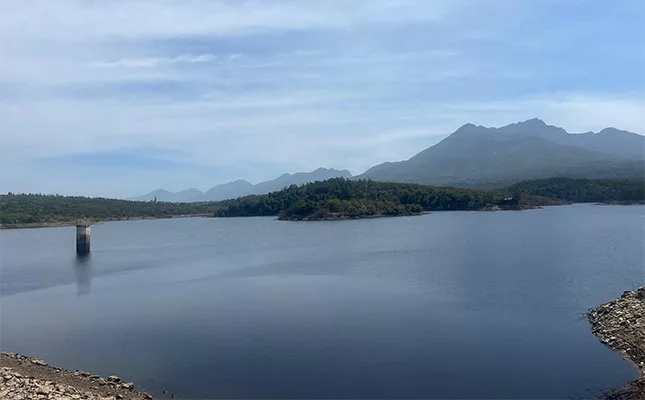
Photo: Octavia Avesca Spandiel
During a Land Bank Insurance Company (LBIC) crop webinar held on 30 September, Herbert Mokoena, provincial manager of LBIC, and Dr Johan Malherbe, senior researcher in climate science at the Agricultural Research Council, highlighted how weather extremes and long-term forecasts would shape farming practices and insurance tools in the 2025/26 production season.
Mokoena said agricultural insurance prioritised protecting farmers against natural events, ranging from hail and frost to drought and flooding. He added that the industry had evolved with changing climate realities: what once focused on traditional hail insurance now included index-based or parametric products, which used climate and soil data to trigger payouts when thresholds were exceeded.
“We also have index insurance, which we are introducing into the South African market. It covers […] systematic risks like flooding, drought, pests and so on,” Mokoena said.
Dry winter for the Western Cape
Malherbe presented data that showed the Western Cape’s winter rainfall zone had experienced a significantly drier-than-normal end to its rainy season.
“[In] the winter rainfall region, we had much less rain than normal for 30 August to 28 September. Most of the Swartland [received] less than 20mm, and even [in] the Rûens area, rainfall was below 20mm in most places, with some areas [recording] less than 5mm,” he said.
Vegetation patterns reflected this decline. “If I look at the vegetation response to recent weather, this shows cumulative vegetation activity from 17 May to 21 September. Some areas also show below-average vegetation activity,” ’ Malherbe explained.
He warned that these conditions could undermine winter grain production, particularly in the Garden Route and south-eastern Western Cape, where below-normal vegetation activity had already been recorded.
Positive outlook for summer rainfall region
In contrast, the summer rainfall areas were showing stronger vegetation activity thanks to rainfall earlier this year and the recent early spring showers. Global climate agencies, including the International Research Institute for Climate and Society and the National Oceanic and Atmospheric Administration’s Climate Prediction Center, project a 60% to 70% chance of La Niña conditions developing in the months ahead.
“Most of the forecast models see this type of pattern. Towards our December/January/February period, the forecast becomes stronger for above-average rainfall over the summer grain production region,” Malherbe said.
Cooling sea surface temperatures across the Pacific and stronger easterly winds support this transition. However, Malherbe noted that shorter-term forecasts remained volatile. The interior was expected to remain mostly dry until around 10 October, when rain-bearing systems may develop.
This uncertainty makes it more difficult for farmers to plan their planting and manage input purchases.
Insurance linked to climate modelling
Mokoena added that crop insurance in South Africa must now be tied directly to climatic and soil modelling. “Farmers, before you plant, please test the nutrients in the soil, test the moisture in the soil, and test the structure and texture of the soil,” he said.
He also stressed the importance of mapping, noting that when farmers took out insurance, they needed a farm map and the coordinates of their fields, as brokers required this information to geolocate the farm.
The South African insurance sector has had to adapt over the past few decades as climate events grew more erratic.
“In the ‘50s, there was multi-parallel comprehensive insurance. Over time, this product was phased out because of high losses that industry players had to balance,” he explained.
The rise of index insurance reflects a global shift towards data-driven, climate-informed approaches. In other countries, such products are subsidised by governments to support climate adaptation.
As the 2025/26 summer production season approaches, climatic forecasts highlight potential benefits and challenges. Farmers in the summer rainfall region may benefit from favourable moisture conditions if La Niña develops, while those in the winter rainfall region may experience drier-than-usual conditions.


